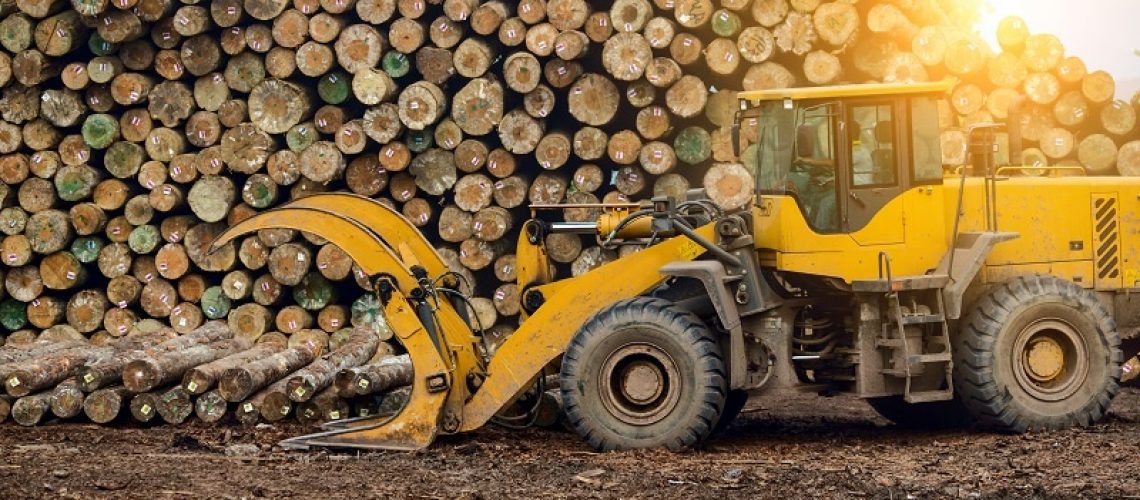On Thursday, the Senate Environment and Communications Legislation Committee which has been looking into the Climate Change Bill 2022 recommend the bill pass but the inclusion of electricity generated from native forest wood waste as ‘renewable’ should be amended.
The classification has been controversial since the federal government of former prime minister Tony Abbott moved to include native forest wood waste as a source of “renewable energy” in 2015.
Conservation groups have strongly opposed the use of leftover logging wood for power generation since, claiming it is an incentive to continue cutting down native forests. Moreover, numerous groups globally have pointed out the carbon accounting which deems wood-burning “net zero” or “carbon neutral” is highly dubious since the practice has emissions which may rival coal.
The Senate committee yesterday recognised this, citing the argument that burning biomass, a term used to describe any fuel derived from plants including wood and wood processing waste, as “in direct opposition to the requirements of the [Climate Change] bills to reduce emissions.”
“It was argued that the use of biomass for energy generation–particularly from native forests was not only highly inefficient, but was also not ecologically sustainable, a source of greenhouse gas emissions and would destroy valuable forest resources that draw down and sequester carbon,” the report read.
Biomass in Australia
Unlike other countries, Australia hasn’t historically relied on biomass for energy, and therefore has avoided some of the problems which have plagued Europe and the United States, where most woodchips are sourced.
Nonetheless, as our energy systems are now undergoing massive changes, projects relying on biomass are increasingly popping up.
Biomass or wood burning is attractive, especially to the burgeoning hydrogen industry, because it provides predicable, base load power. Solar and wind, as abundant as they are in Australia, remain intermittent.
In 2021, Verdant Earth Technologies bought the mothballed Redbank Power Station in the New South Wales Hunter region. It plans to recommission the 151 MW power station station, now called Verdant Power Station, to run purely on biomass sourced from local sawmill offshoot, Sweetman.
That same company, Sweetman, has also entered into a $15 million deal with Singapore’s CAC-H₂ to construct the Australia’s largest wood-fed hydrogen production plant.
Continuing on the hydrogen track, Patriot Hydrogen is putting biomass at the centre of its production plans. Its P2H units, as they’re named, are essentially modular, hydrogen producing kits which run on biomass, with the company boasting they can be powered up anywhere, anytime.
Push to amend Abbott’s amendment
It is not clear how these projects would be impacted by the proposed changes since the recommendations don’t seem to span the burning of all biomass energy but only that from native forests.
That being said, the report does seem to acknowledge the science behind the “carbon neutrality” of wood burning as suspect.
Janet Rice, the Greens party spokesperson on forests, said the committee had heard evidence that “destroyed the false claim that biomass from native forests should be classified as renewable energy.”
Just transition for coal and gas workers
Alongside the native forest amendment proposal, the Senate committee recommended the Climate Change Bill establish a transition authority for coal and gas workers.
The recommendation has been supported by unions and the Greens.
This content is protected by copyright and may not be reused. If you want to cooperate with us and would like to reuse some of our content, please contact: editors@pv-magazine.com.









By submitting this form you agree to pv magazine using your data for the purposes of publishing your comment.
Your personal data will only be disclosed or otherwise transmitted to third parties for the purposes of spam filtering or if this is necessary for technical maintenance of the website. Any other transfer to third parties will not take place unless this is justified on the basis of applicable data protection regulations or if pv magazine is legally obliged to do so.
You may revoke this consent at any time with effect for the future, in which case your personal data will be deleted immediately. Otherwise, your data will be deleted if pv magazine has processed your request or the purpose of data storage is fulfilled.
Further information on data privacy can be found in our Data Protection Policy.